DOG TRAINING OFFERED IN-PERSON AND ONLINEOur dog training services are delivered in almost any format that meets your needs. We have GROUP CLASSES at our indoor and outdoor facilities on our farm, ONLINE LIVE STREAMING classes, and SELF-PACED VIDEO-BASED training through our Online Dog Training Course. Our PRIVATE TRAININGS can be done in-home, outside, in public dog-friendly locations, at our facility on our farm, online via phone or video conferencing and through email. |
Question:
We recently adopted our Greyhound. He is fine with our other resident dog but is afraid of other dogs. How can we help him?
The Trainer Answers:
We often assume that because a dog has lived with other dogs that he will be fine with all other dogs. Having been bred for racing, your Greyhound most likely was around plenty of other dogs. However, that does not mean your dog will automatically be ok with all other dogs out in the “real world” now. The interactions and circumstances can be very different from what he was accustomed to at his kennel. In addition, most of the dogs he meets now are probably not Greyhounds so things are very different!
How you proceed will depend upon the severity of his fears. If he seems a bit hesitant or unsure, sometimes just getting him out regularly in safe situations and giving him plenty of calm, positive experiences will be enough for him to overcome his insecurities and learn to like or at least tolerate the other dogs. This does not mean, however, that taking him to the dog park when there are plenty of rowdy dogs playing is the right place for him.
If his fears are more severe, then we need to take extra steps to help him overcome his fears. First, we want to understand as best we can exactly what triggers his fears. For example, does the sight of another dog elicit fear? Does the smell? Is it only when the other dog is within a certain distance or is face-to-face with him? Is it only dogs that are larger than him? It will be much easier to address if we have a very clear picture of when he first becomes fearful or stressed.
In many cases, there are early warning signs of stress or fear before there is a larger reaction, such as shaking, barking, snapping, or other signs. For example, you might see smaller signs of stress before these behaviors occur, such as yawning, licking lips, averting eye contact, turning away your head or entire body, moving very slowly or not moving at all.
The key is to find a point at which the dog is already comfortable and start there. If we wait until the dog is already in a high state of stress or arousal, our chances of getting through to him are slim. Never correct or punish him for reacting out of fear.
When he is still comfortable and relaxed, reward him for being calm in the presence of another dog. Give him something else to focus on – such as you. Ask him to perform something you’ve taught him previously, such as sit, shake, watch me, or other cues. By engaging his brain and giving him an activity to focus on, he will be less likely to react emotionally.
Be sure to use very tasty treats to create a positive association with the other dog. Other dog shows up, tasty treats come out. Other dog leaves, treats are put away.
Gradually, work toward the triggers that previously caused him to become fearful. Try to never put him in a situation where he reacts fearfully. If he does, you have pushed him too far, too fast. Your goal is to change his perception from other dogs being scary to other dogs being indicators of great things happening!
For severe fear issues, I recommend finding professional assistance as there is much more to do than can be addressed here. For mild fear issues, simply remember to take things slowly and allow your dog to adjust at his own pace. If we try to force the dog to adjust more quickly than he is ready, we can exacerbate his fears.
It is no fun going through life being frequently stressed, so kudos to you for making the effort to help your dog to be less stressed and happier!
Our goal is to positively impact the lives of as many dogs and their families as we can, in part through our extensive library of video, infographics and text articles. |

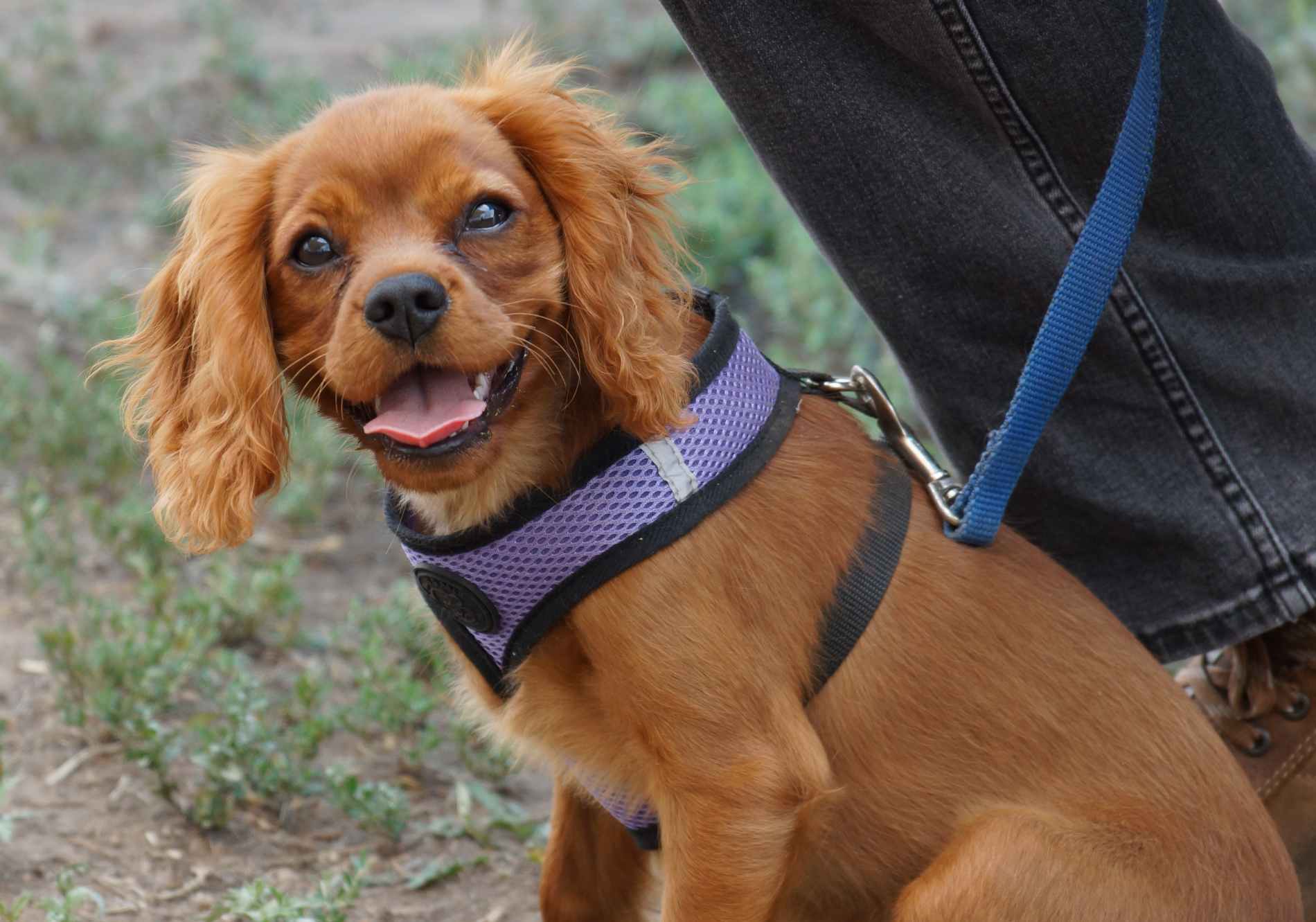

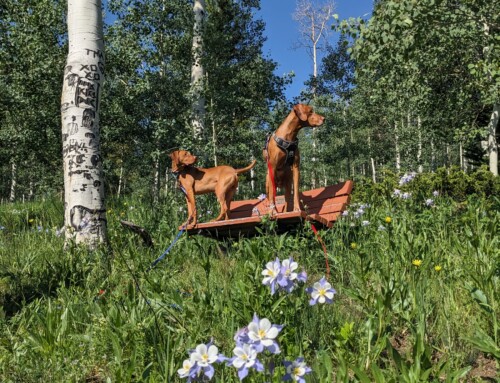
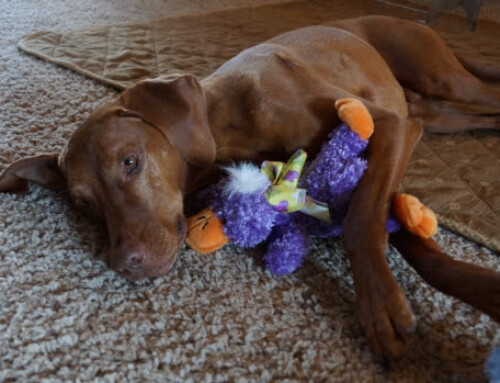
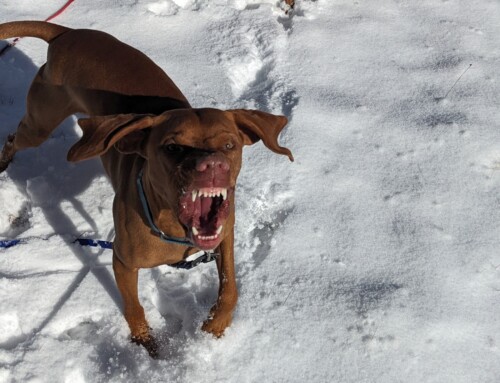
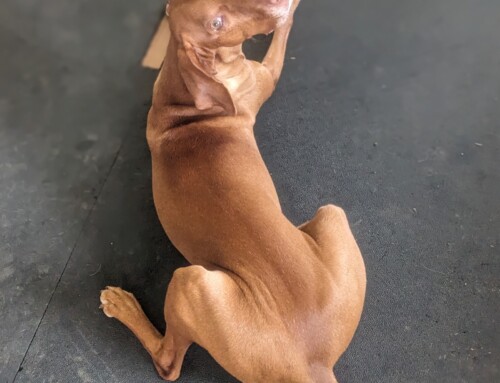




Leave A Comment